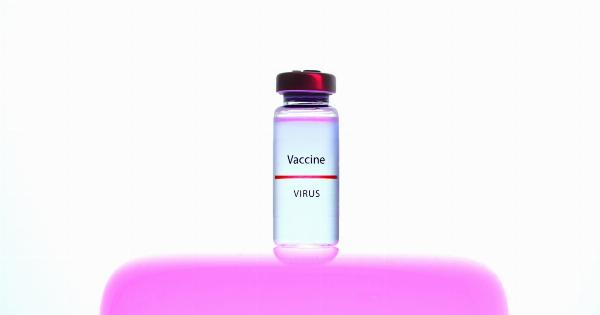Warts are a common skin condition caused by the human papillomavirus (HPV). They can appear on various parts of the body, including the hands, feet, face, and genitals.
Warts are often harmless and can go away on their own, but they can be unsightly and sometimes painful. Identifying the type of wart you have is essential for effective treatment. In this article, we will discuss different types of warts and their characteristics to help you identify them easily.
1. Common Warts (Verruca vulgaris)
Common warts are the most prevalent type of warts and usually appear on the hands and fingers. They have a rough, grainy texture and are gray or brown in color.
These warts may have black dots or tiny blood vessels, known as “seed warts,” which are small clotted blood vessels that feed the wart.
2. Plantar Warts
Plantar warts develop on the soles of the feet and can cause discomfort or pain when walking. They are characterized by hard, flat growths with a hardened center surrounded by a ring of calloused skin.
Plantar warts may appear as small, grainy bumps or larger areas resembling a callus.
3. Flat Warts (Verruca plana)
Flat warts are typically found on the face, arms, or legs. They are small and smooth with a flat or slightly raised surface. Flat warts can occur in clusters and range in color from pink to light brown.
Due to their subtle appearance, they can often go unnoticed.
4. Filiform Warts
Filiform warts are long and narrow, often appearing around the mouth, eyes, or nose. They have a thread-like shape and may have a flesh-colored or slightly brown tip. Filiform warts can grow quickly and may cause irritation or itchiness.
5. Periungual Warts
Periungual warts develop around or under the nails. They can be painful and affect nail growth. Periungual warts can have an irregular surface, with rough, uneven edges. They may cause the nail to become thickened or distorted.
6. Genital Warts (Condyloma acuminatum)
Genital warts are a sexually transmitted infection (STI) caused by certain strains of HPV. They appear on or around the genitals and can vary in size and shape. Genital warts may be raised or flat, and they can form singularly or in clusters.
It is crucial to seek medical attention for proper diagnosis and treatment of genital warts.
7. Mosaic Warts
Mosaic warts are a cluster of tightly grouped plantar warts forming a larger, mosaic-like pattern. They usually occur on the foot, often in areas under pressure, such as the heel or ball of the foot.
Mosaic warts can cause discomfort and may require professional treatment.
8. Perianal Warts
Perianal warts are wart clusters that appear around the anus. They are often flesh-colored and can be itchy or painful. Perianal warts are considered highly contagious and require medical attention for appropriate management.
9. Oral Warts
Oral warts can appear inside the mouth, on the tongue, gums, or lips. They can be small and flesh-colored or have a whitish appearance. Oral warts may cause discomfort, especially if they are irritated by food or dental appliances.
10. Subungual and Verruca Plana Warts
Subungual warts develop under the toenails and can be painful, affecting nail growth. They are often associated with trauma or nail-biting habits.
Verruca plana warts are flat warts that can occur on the face, hands, or shins, but they can also affect the nails.
Conclusion
Wart identification is crucial to determine the appropriate treatment and management options.
Common warts, plantar warts, flat warts, filiform warts, periungual warts, genital warts, mosaic warts, perianal warts, oral warts, subungual warts, and verruca plana warts are among the most commonly encountered types. Remember, some warts may require professional medical intervention, especially if they cause significant pain, spread rapidly, or are located in sensitive areas.
If you are unsure about the type of wart you have or experiencing any concerning symptoms, consult a healthcare professional for an accurate diagnosis and suitable treatment plan.































